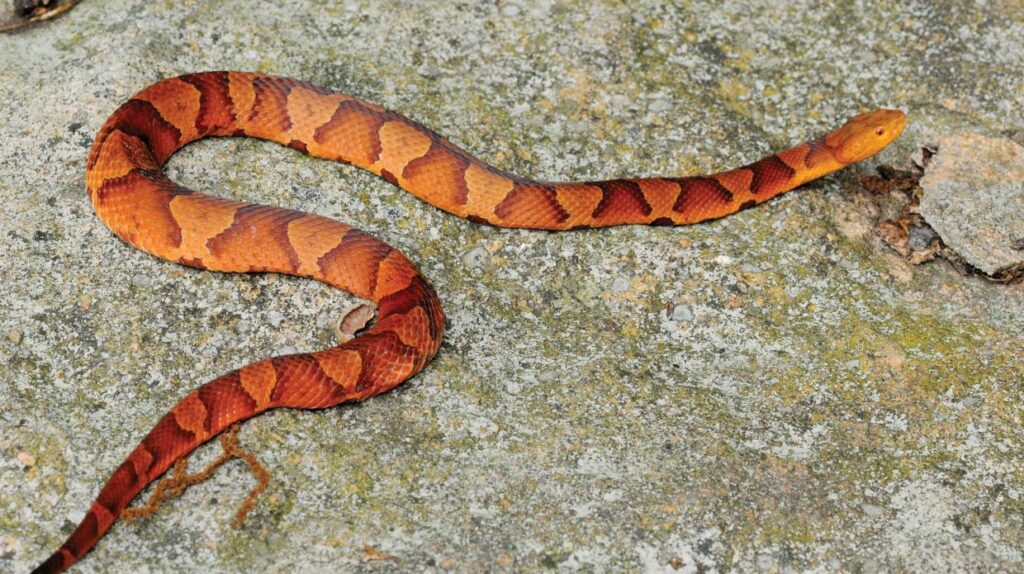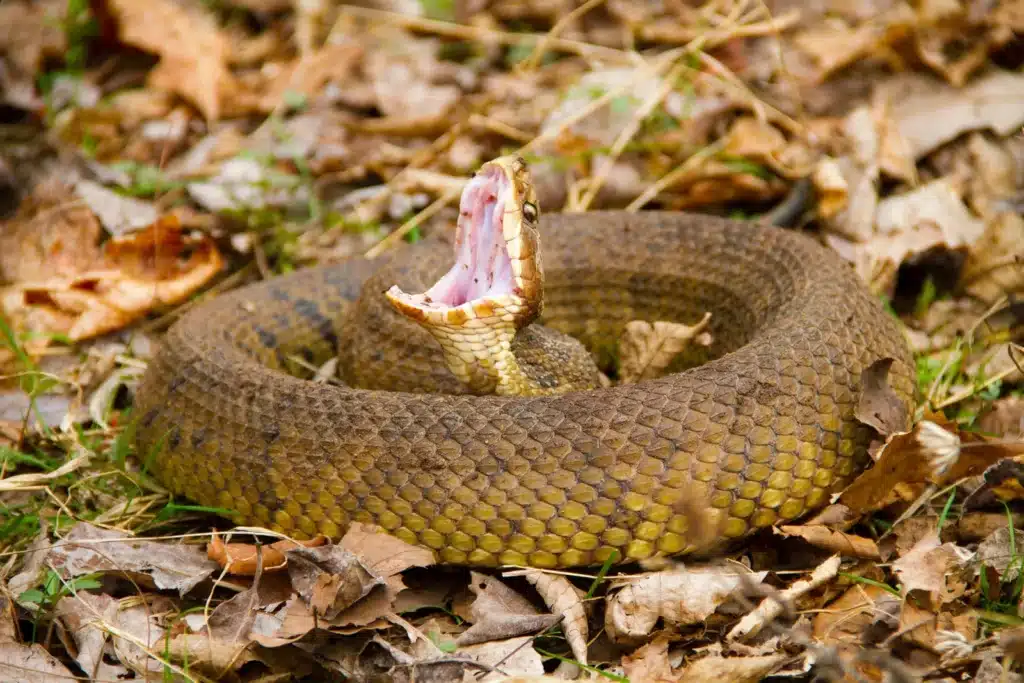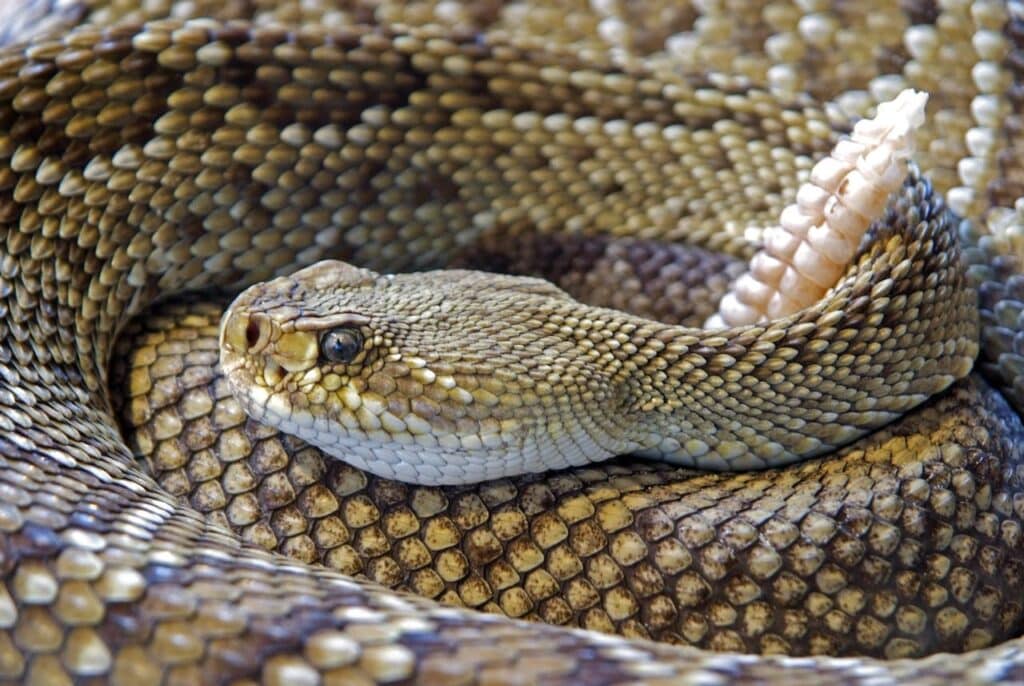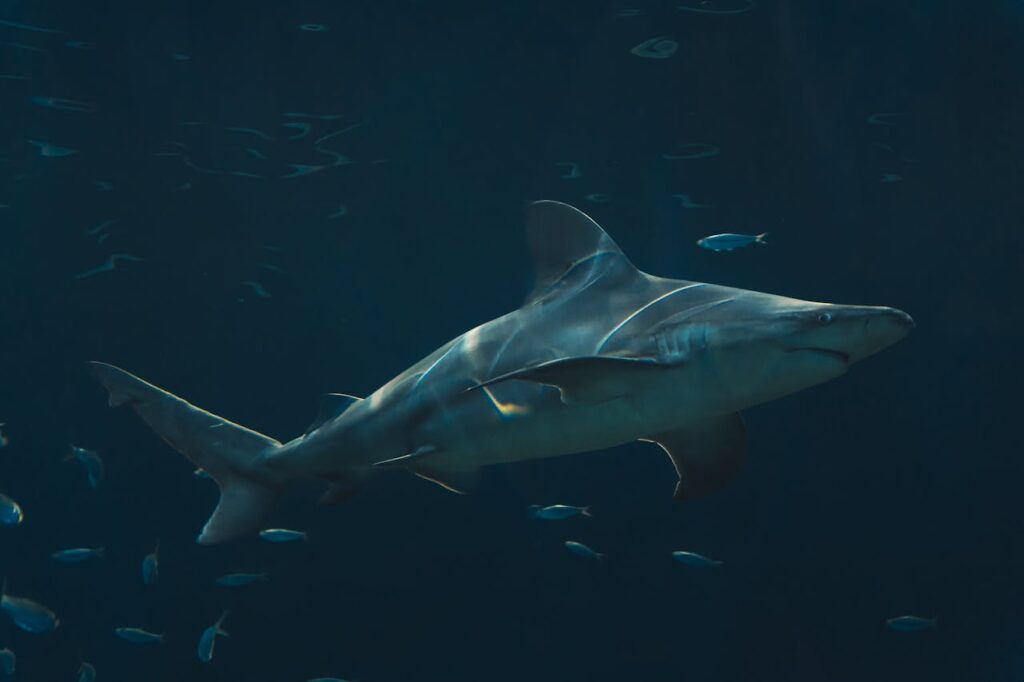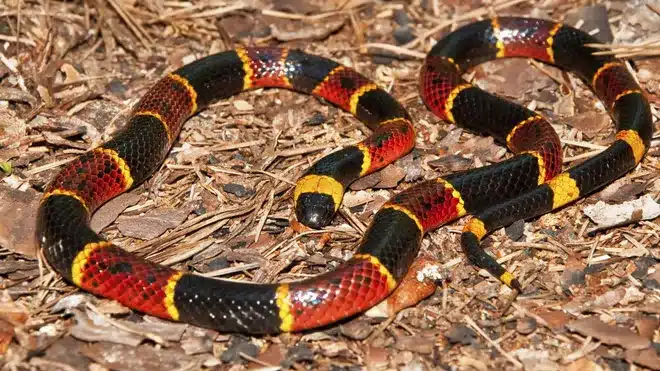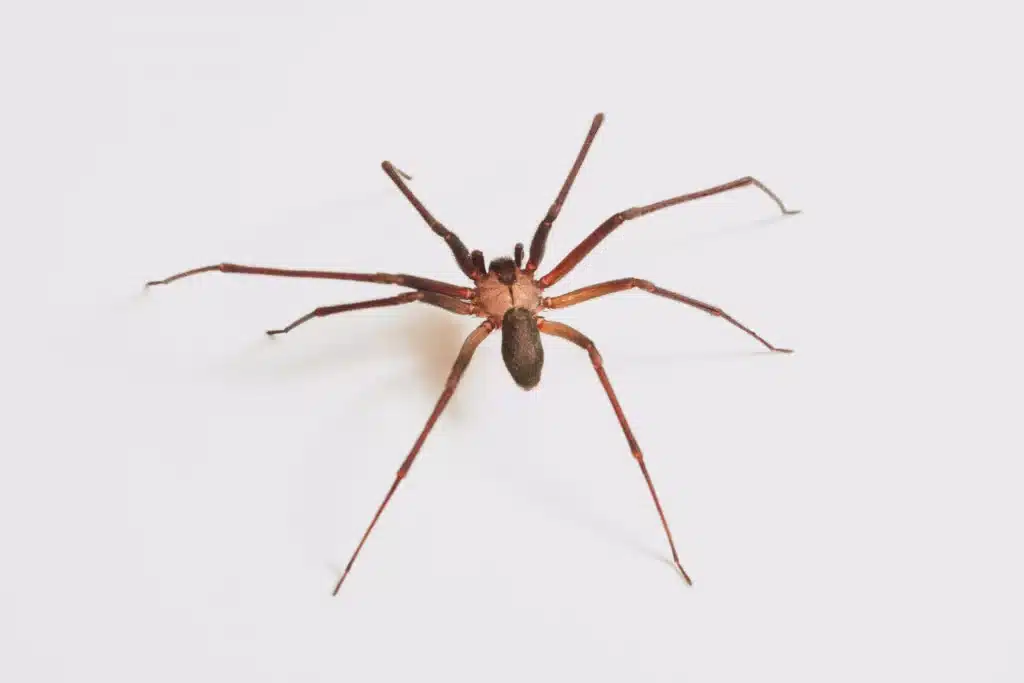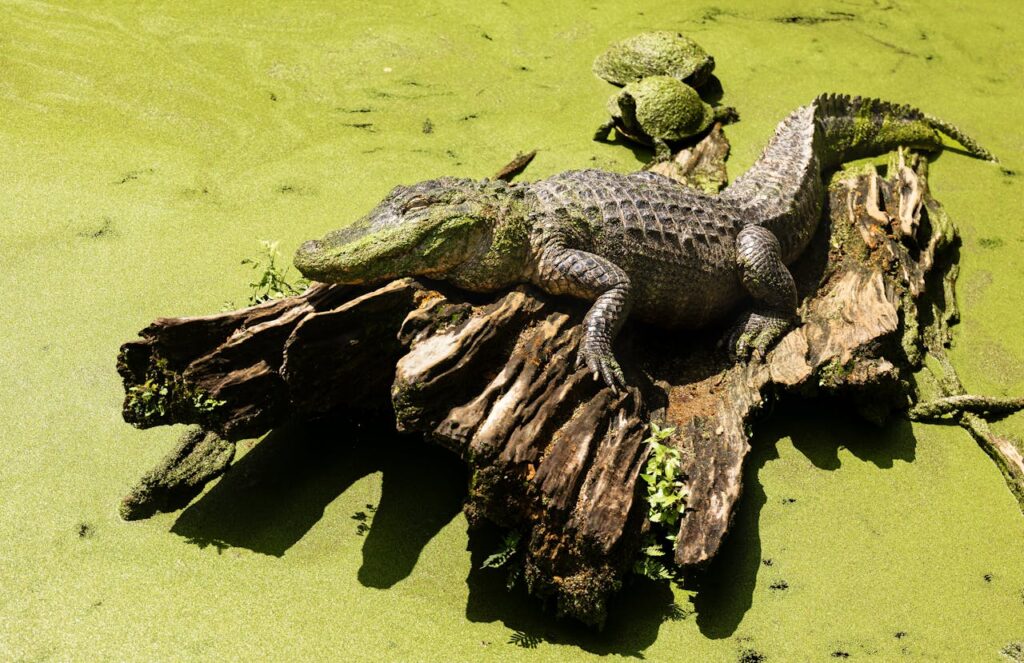Alabama is home to a surprising variety of dangerous animals—from venomous snakes to aggressive sharks, and even the tiny yet deadly mosquito. While you might enjoy hiking, swimming, or camping in the Heart of Dixie, it’s important to know which creatures pose real risks. Learning about these animals helps both adults and curious kids stay safe while exploring Alabama’s beautiful outdoors.
Top 10 Most Dangerous Animals in Alabama
Whether you’re a local or just visiting, here’s a list of the most dangerous animals you could encounter in Alabama, based on the latest expert findings and recent reports.
| Rank | Animal | Main Danger | Where Found |
|---|---|---|---|
| 1 | Mosquito | Spreads diseases (West Nile, Zika) | Every county in Alabama |
| 2 | Copperhead Snake | Venomous bite causes pain, swelling | Forests, suburban areas |
| 3 | Cottonmouth (Water Moccasin) | Venomous; aggressive defense | Swamps, ponds, rivers |
| 4 | Rattlesnake | Venomous bite, serious injury | Woodlands, rocky hills |
| 5 | Bull Shark | Powerful bite, attacks humans | Coastal and river waters |
| 6 | Eastern Diamondback Rattlesnake | Highly venomous, large size | Dry pine forests, sandhills |
| 7 | Timber Rattlesnake | Potent venom, camouflaged | Wooded slopes, rural areas |
| 8 | Eastern Coral Snake | Neurotoxic venom, rare bite | Coastal plains, pine woods |
| 9 | Brown Recluse Spider | Venom causes tissue damage | Houses, sheds, wood piles |
| 10 | Alligator | Bite force, unpredictable | Lakes, rivers, marshes |
Meet Alabama’s Most Dangerous Animals
Mosquito: The Tiny Killer
Believe it or not, the mosquito is considered the deadliest animal in Alabama. There are about 60 different species in the state, and their bite can transmit dangerous diseases like West Nile virus and Zika. Mosquitoes are active in every county and affect both people and pets. Keeping standing water away from your home is the best defense.
Copperhead Snake
Copperheads are the most common venomous snakes in Alabama. They blend in with fallen leaves and strike if startled. While their bite is rarely fatal, it causes serious pain, swelling, and tissue damage. Copperheads are ambush hunters and often remain still, making them hard to spot. Seek medical help if bitten.
Cottonmouth (Water Moccasin)
Often found near water, cottonmouths display a white mouth as a warning when threatened. Their venom can destroy tissue and requires immediate medical treatment. Avoid walking through tall grass or swimming in murky water where they may be hiding.
Rattlesnakes
Several types live in Alabama, including the timber and eastern diamondback rattlesnake. Recognizable by the rattle on their tail, their venom can be dangerous or even life-threatening. Walk carefully in wooded or rocky areas, and listen for their warning rattle.
Bull Shark
Bull sharks are aggressive and can swim far up rivers, not just in saltwater. They are responsible for most shark attacks in Alabama. To avoid encounters, stay out of the water at dawn or dusk and avoid swimming alone.
Eastern Coral Snake
Brightly colored and often mistaken for non-venomous snakes, coral snakes have a neurotoxic venom that can be deadly. Bites are rare, as these snakes are shy and prefer to stay hidden under debris, but they should be avoided if spotted.
Brown Recluse Spider
This small, brown spider is often found in quiet, undisturbed places like closets or wood piles. Its venom can cause severe skin ulcers and requires medical attention, especially for children or those with weak immune systems.
Alligator
Alligators are found in rivers, lakes, and marshes across southern Alabama. They are unpredictable and fast, especially if they are guarding a nest or feel threatened. Give alligators plenty of space if you see one in the wild.
How to Stay Safe Around Dangerous Animals in Alabama
- Avoid walking in tall grass or thick brush where snakes and spiders may hide.
- Keep pet food and trash sealed to prevent attracting wild animals.
- Swim only in designated areas, avoid swimming alone, and stay clear of murky waters.
- Wear long sleeves, pants, and insect repellent to protect against mosquitoes.
- Teach children to never touch wild animals, snakes, or unidentified creatures.
FAQs About Dangerous Animals in Alabama
Which animal causes the most deaths in Alabama?
Mosquitoes are responsible for the most deaths, as they transmit diseases like West Nile and Zika. They bite humans and animals and are found in every part of the state. Their impact is more significant than even venomous snakes or larger predators.
Are snake bites common in Alabama?
Snake bites are relatively rare, but Alabama has six venomous snake species. Most bites occur when people accidentally step on snakes or try to handle them. Quick medical treatment makes fatalities very uncommon.
What should you do if bitten by a venomous snake or spider?
Stay calm and seek medical help immediately. Try to remember what the animal looked like, but do not attempt to capture it. Keep the bite area below heart level and avoid using tourniquets or ice, as these can worsen the injury.
Can you prevent alligator attacks?
Yes, you can minimize risk by staying away from alligator nests, observing posted warnings, and keeping a safe distance from the water’s edge, especially in known alligator habitats.
Summary Table: Quick Comparison
| Animal | Danger Level | How to Avoid |
|---|---|---|
| Mosquito | High (disease) | Remove standing water, use repellent |
| Venomous Snakes | Moderate to High | Watch your step, avoid tall grass |
| Bull Shark | High (injury) | Stay in clear water, don’t swim alone |
| Alligator | Moderate (attack risk) | Keep away from water edges, heed warnings |
| Brown Recluse Spider | Moderate | Wear gloves in wood piles, check shoes |
Alabama’s outdoor adventures are fun and rewarding, but a little knowledge about its most dangerous animals can keep you safe and confident while exploring!


